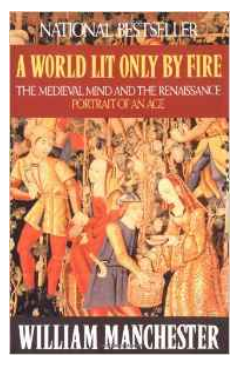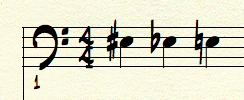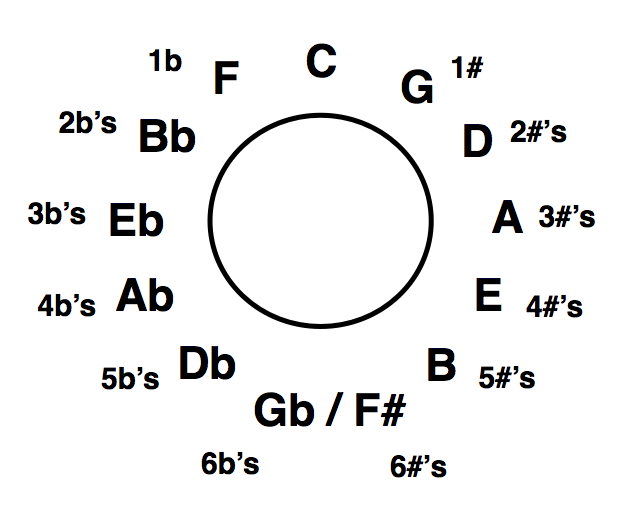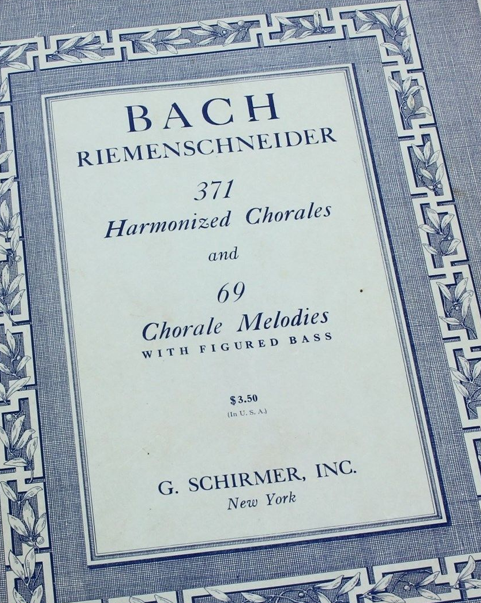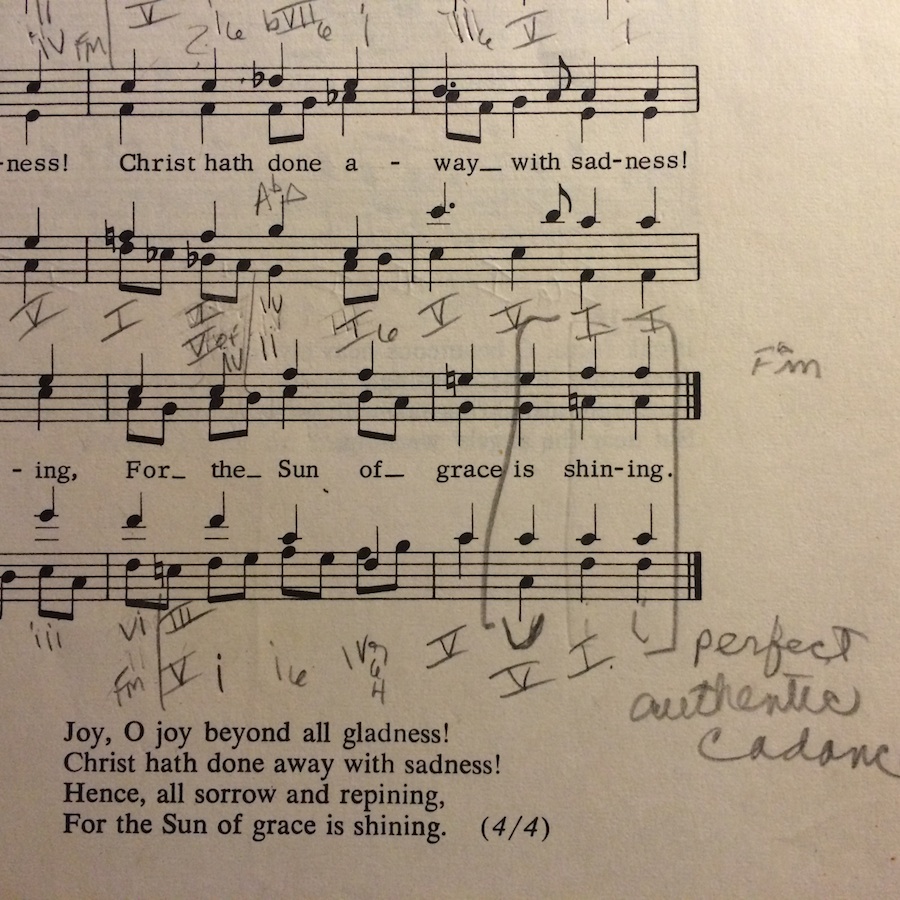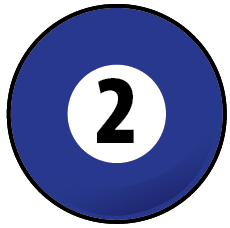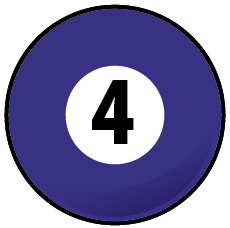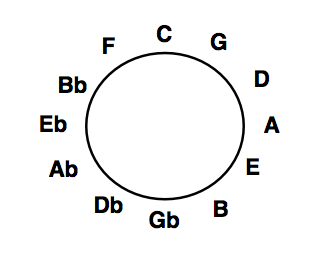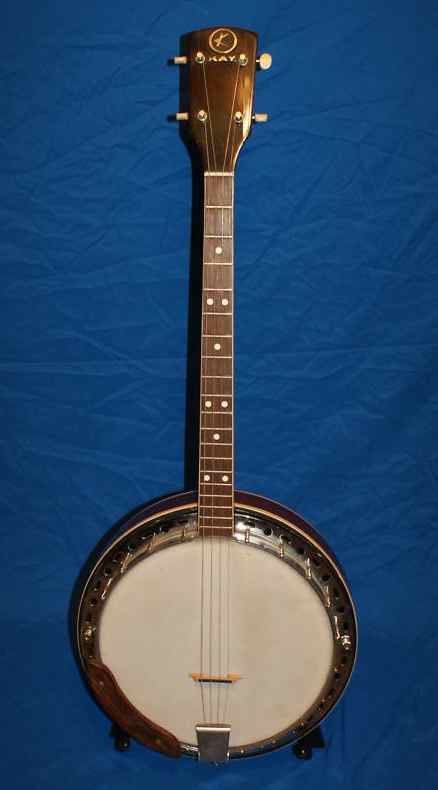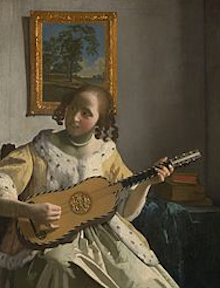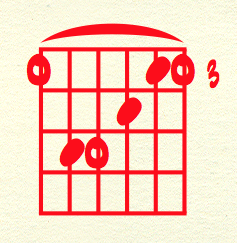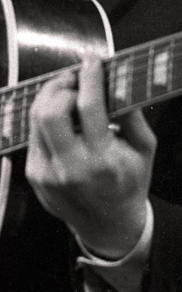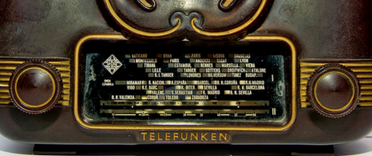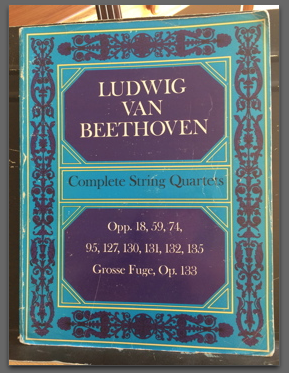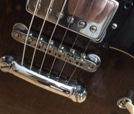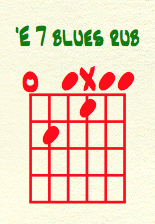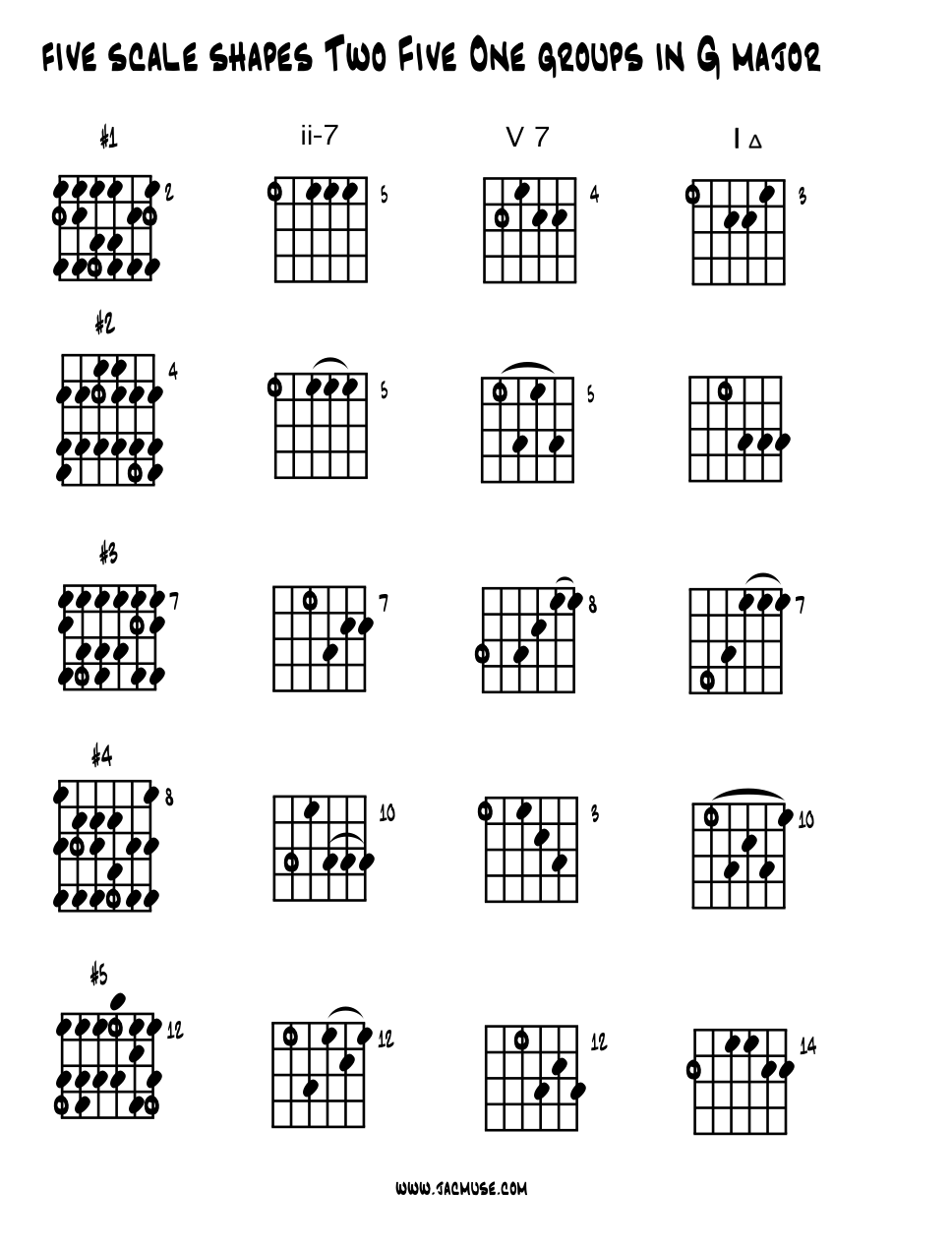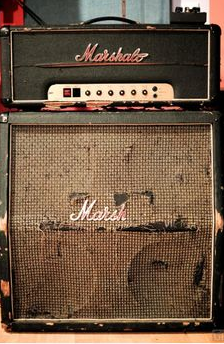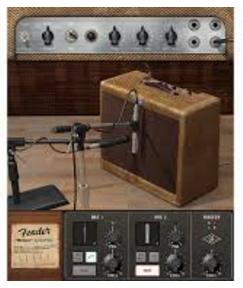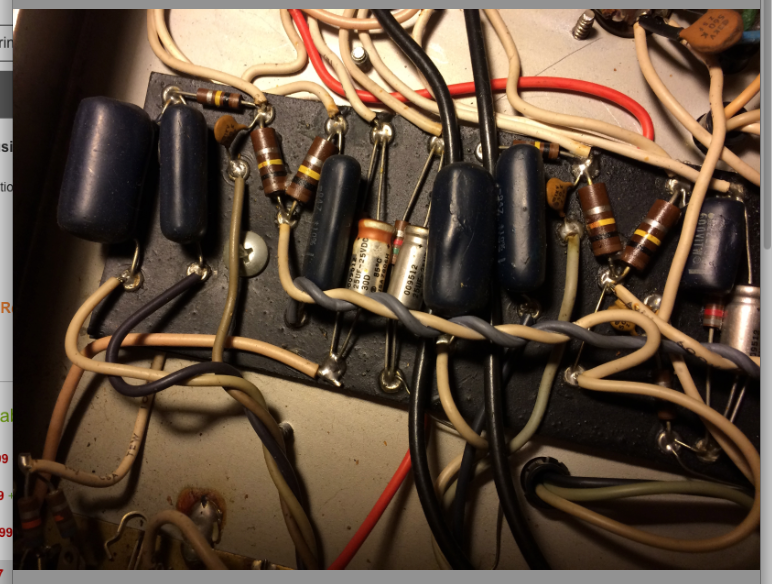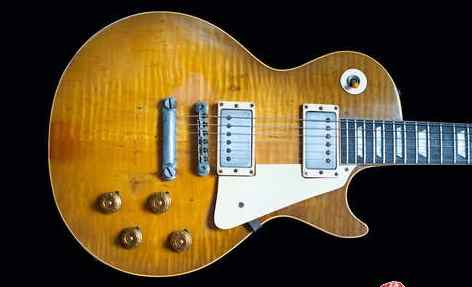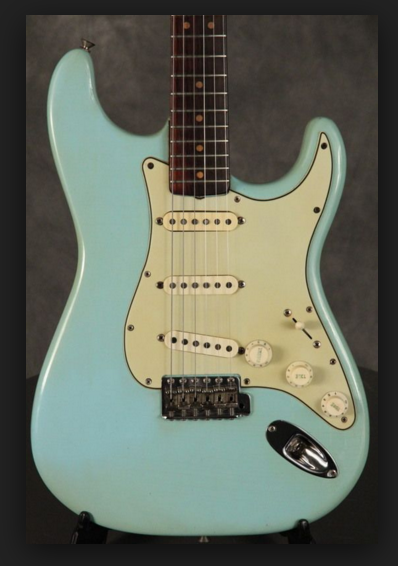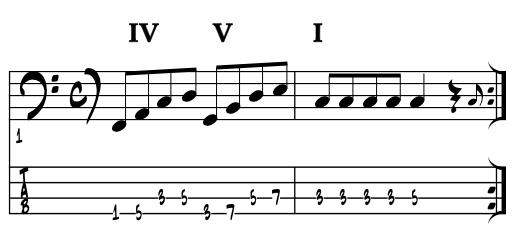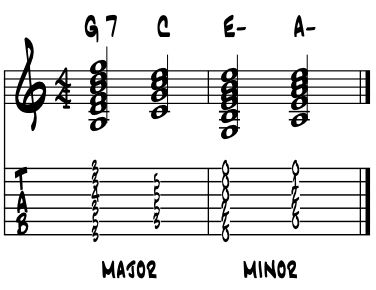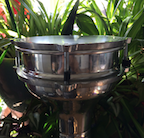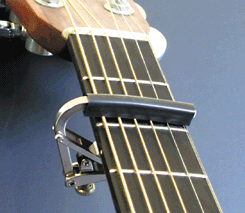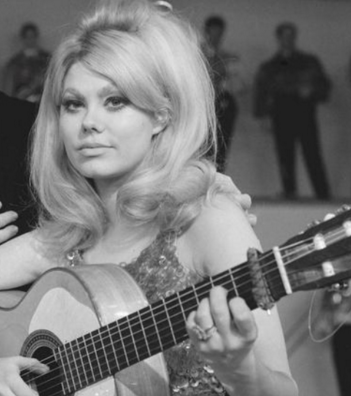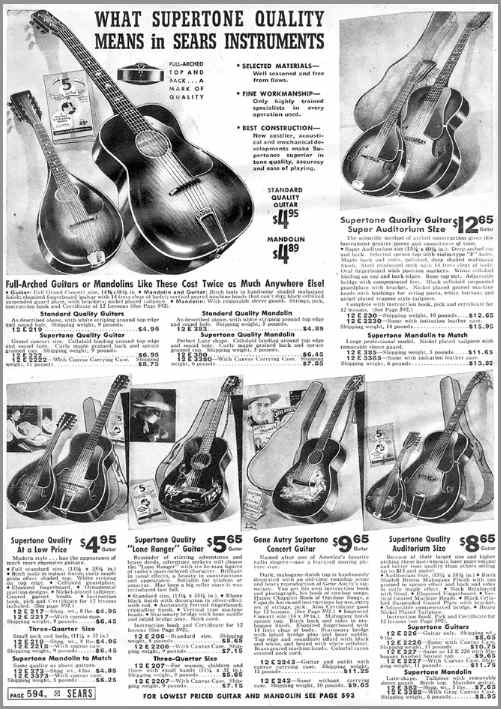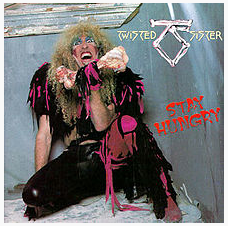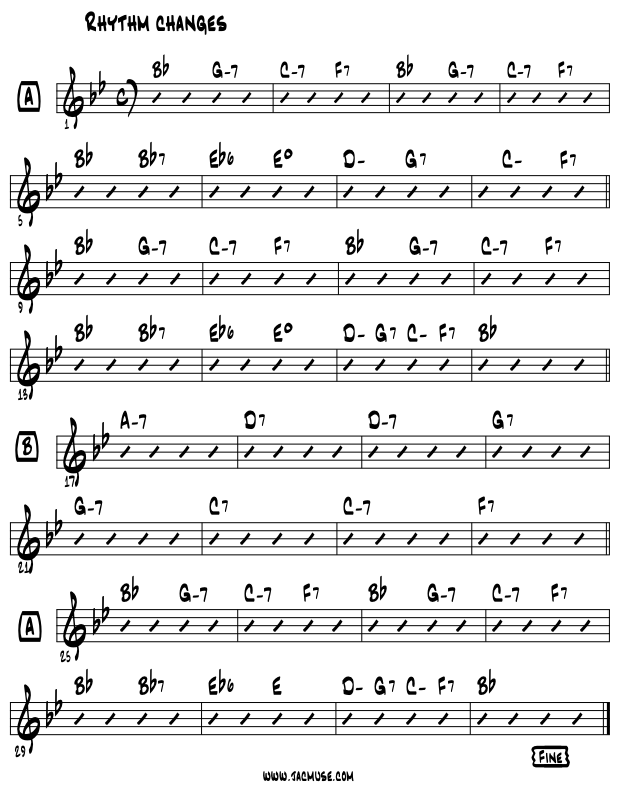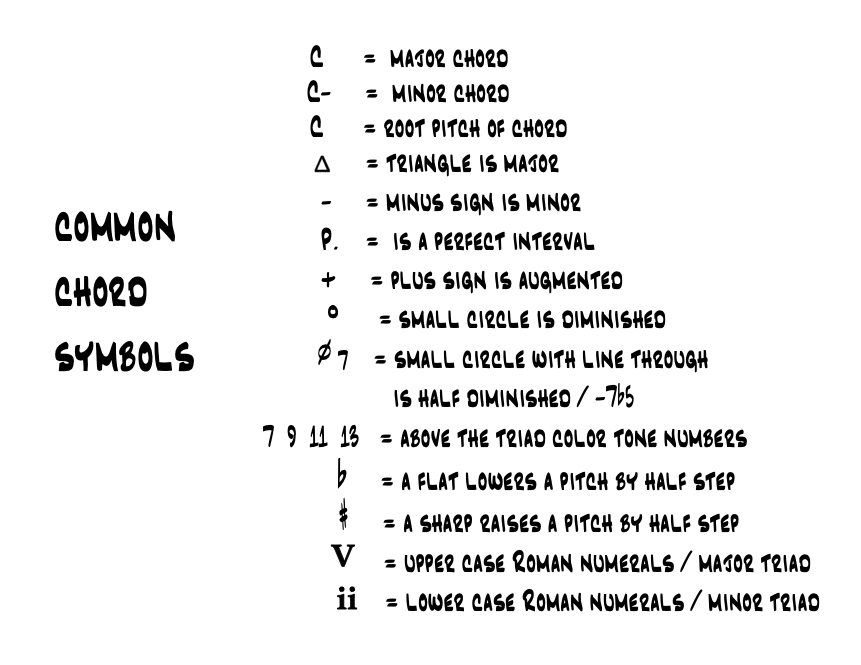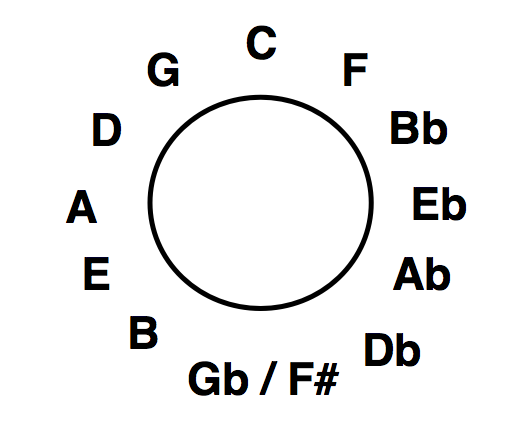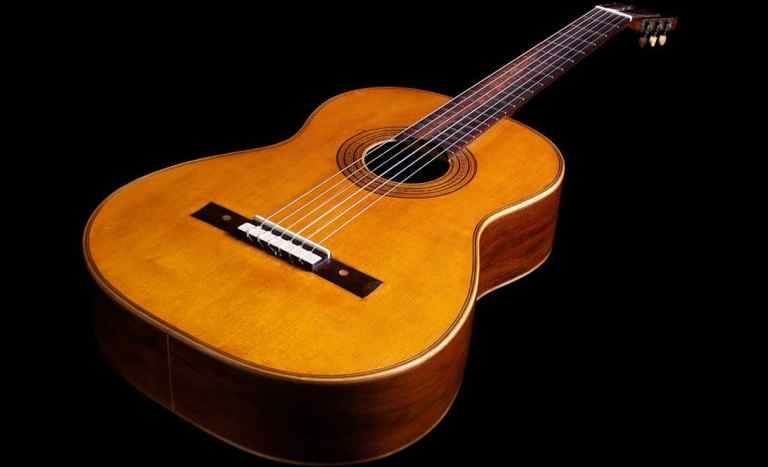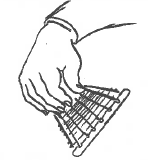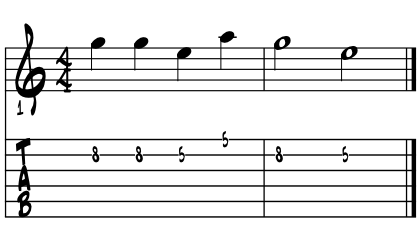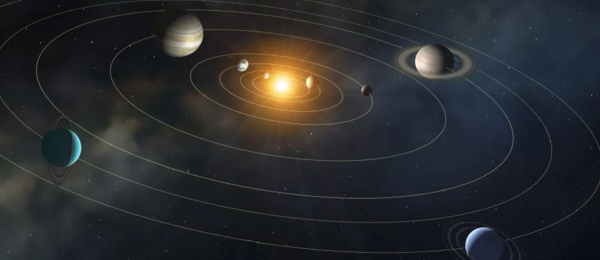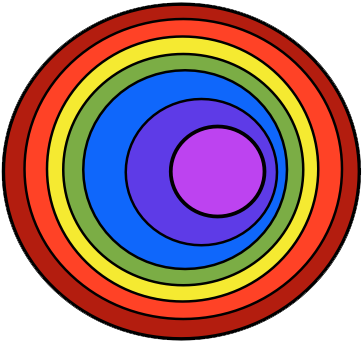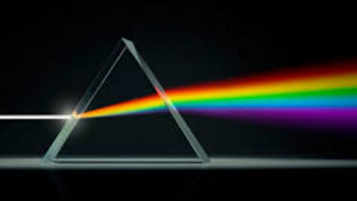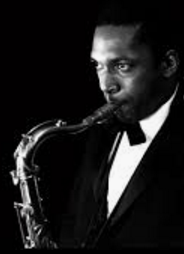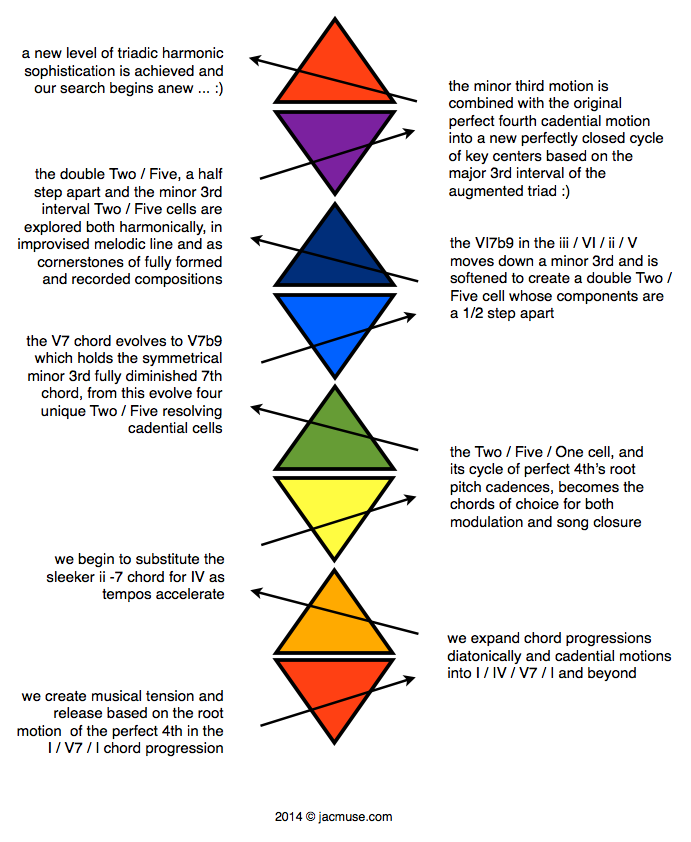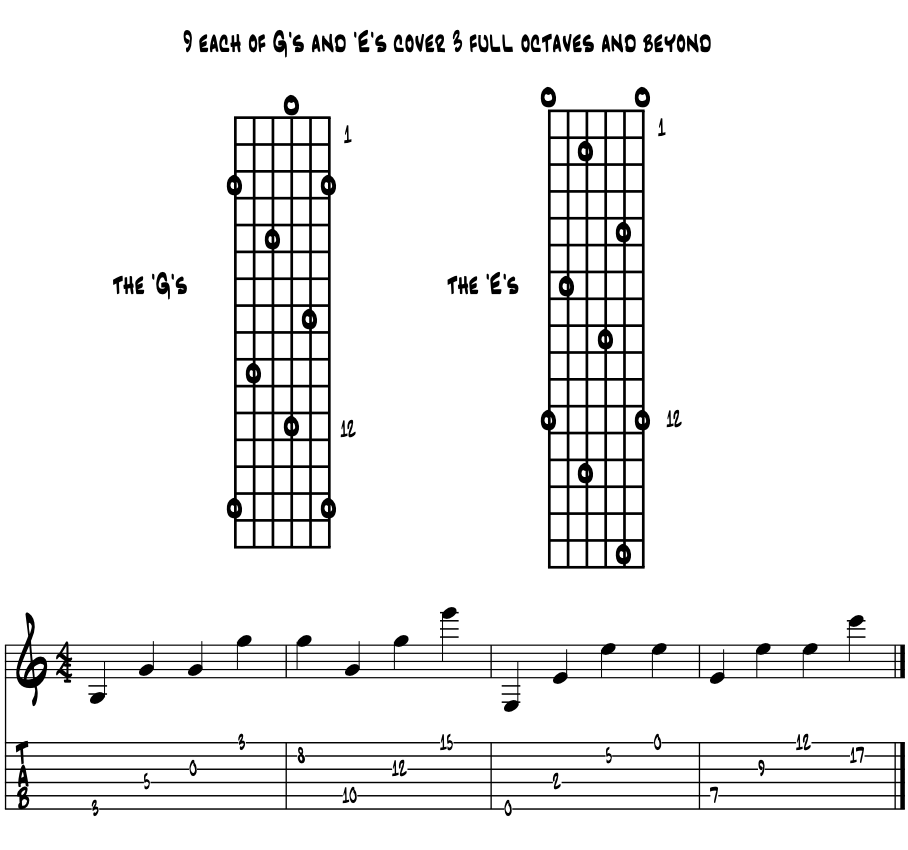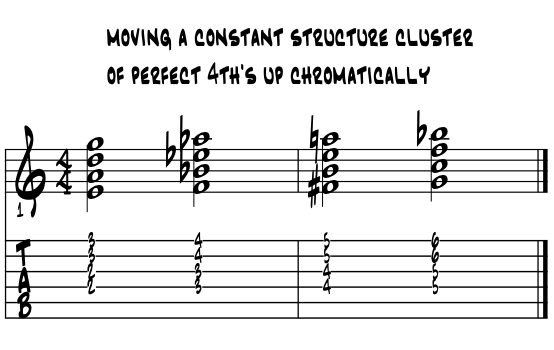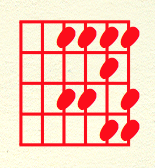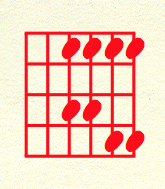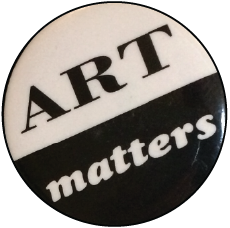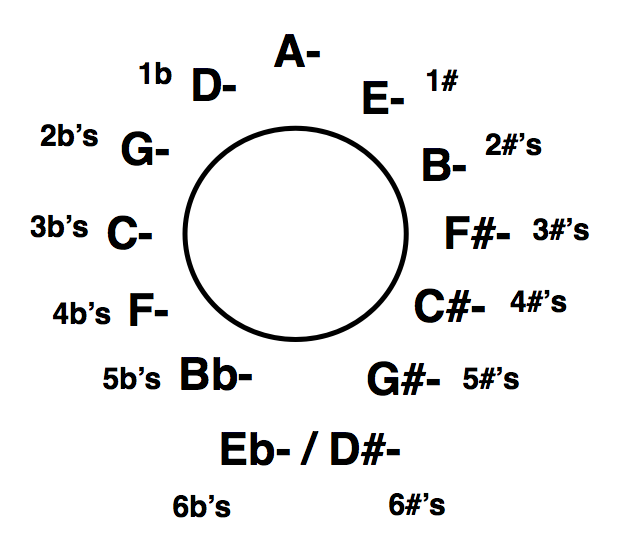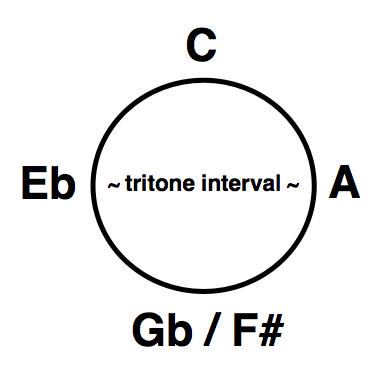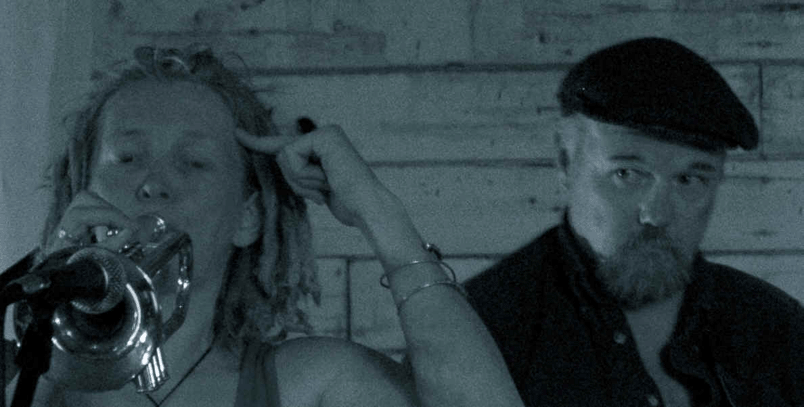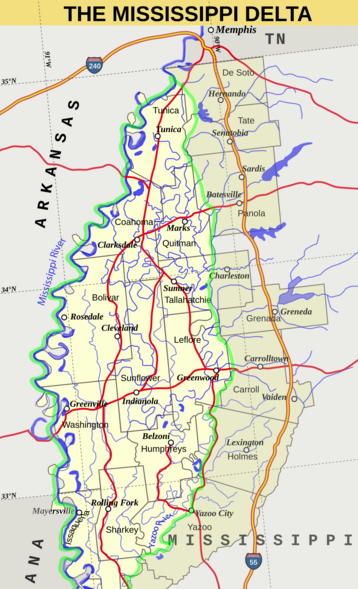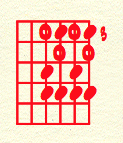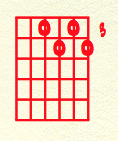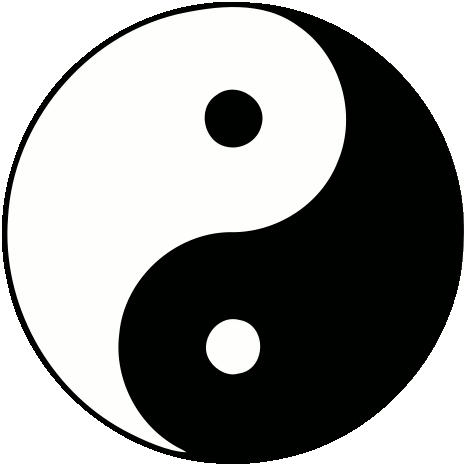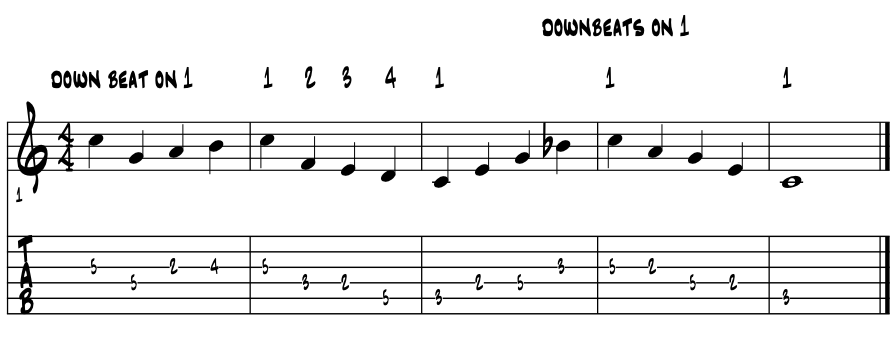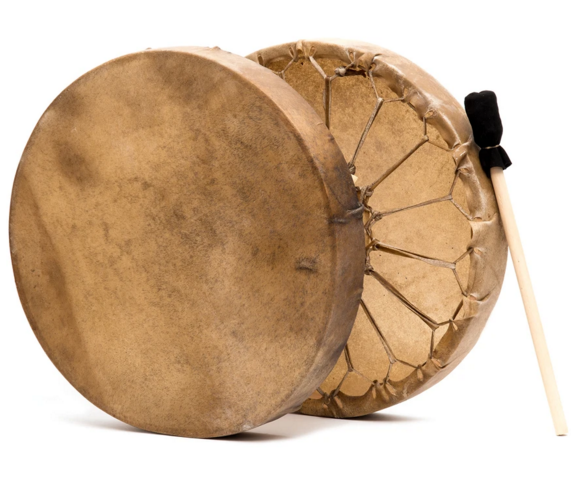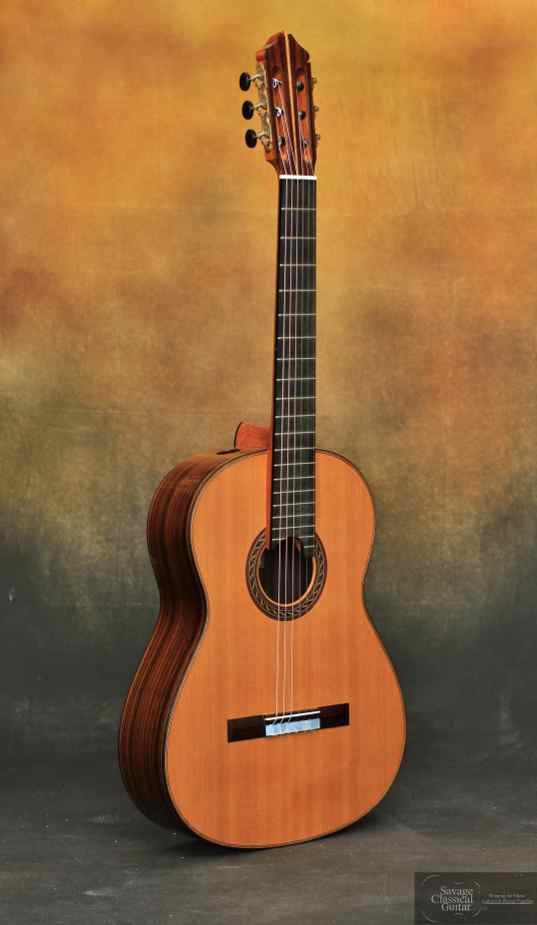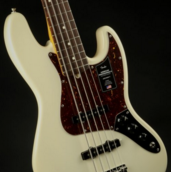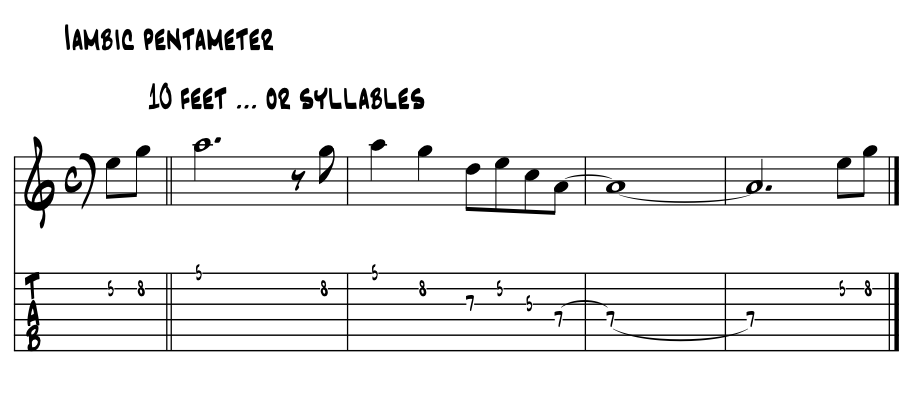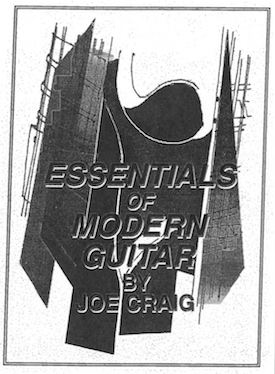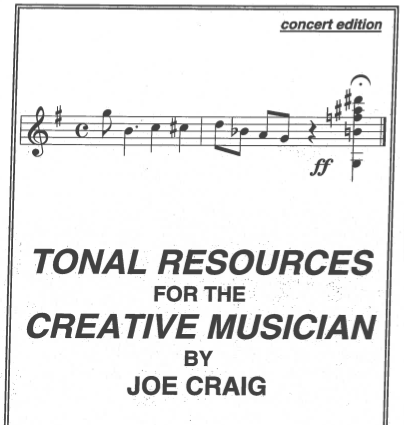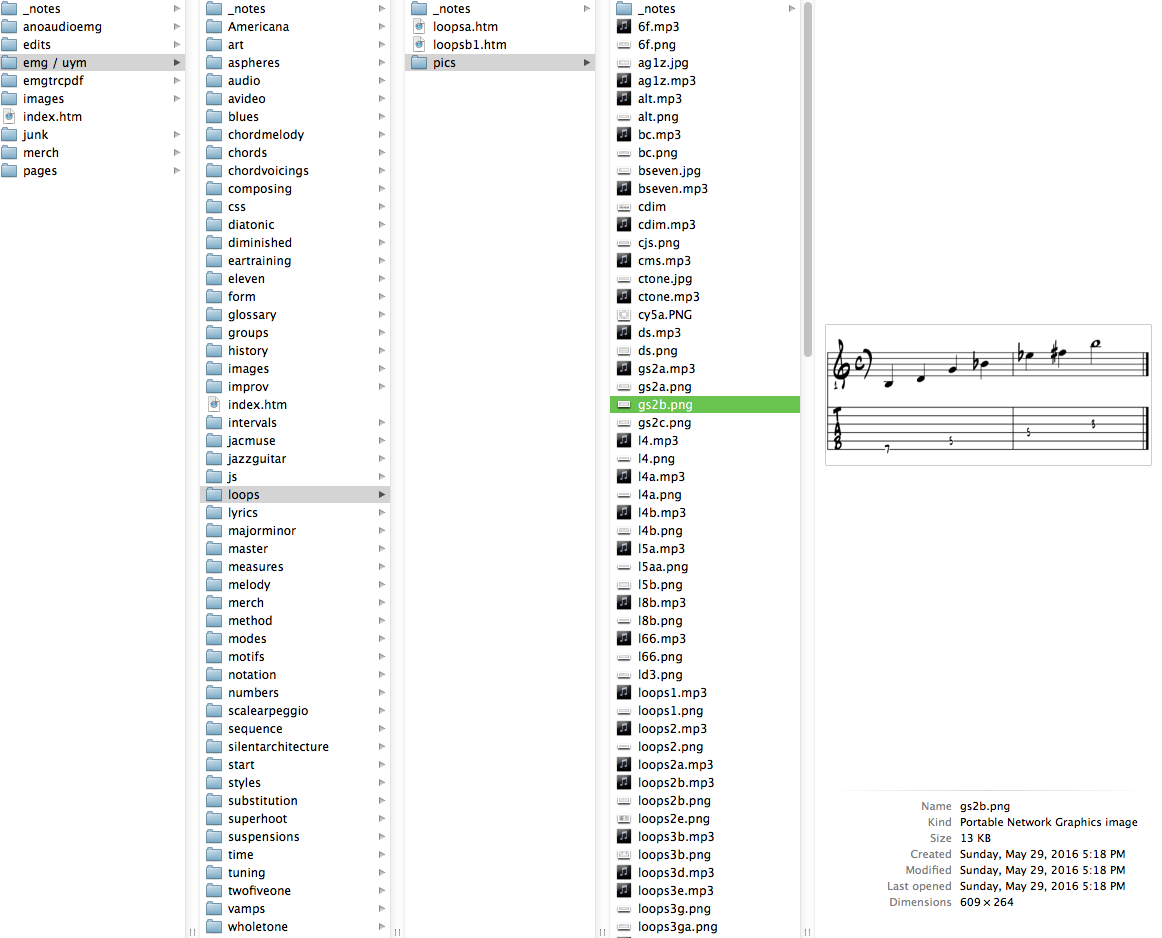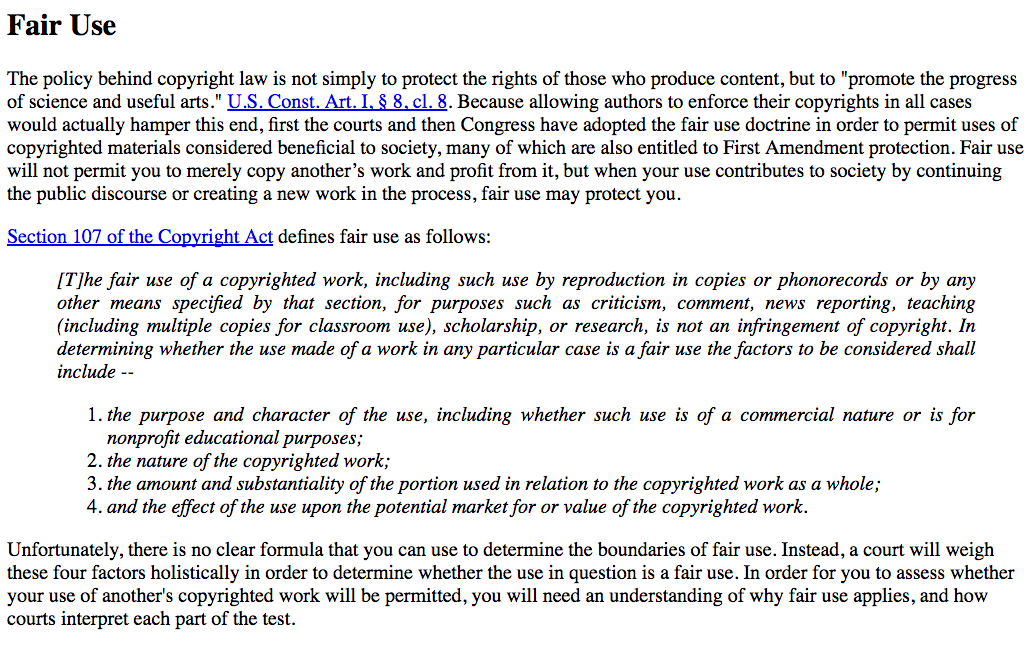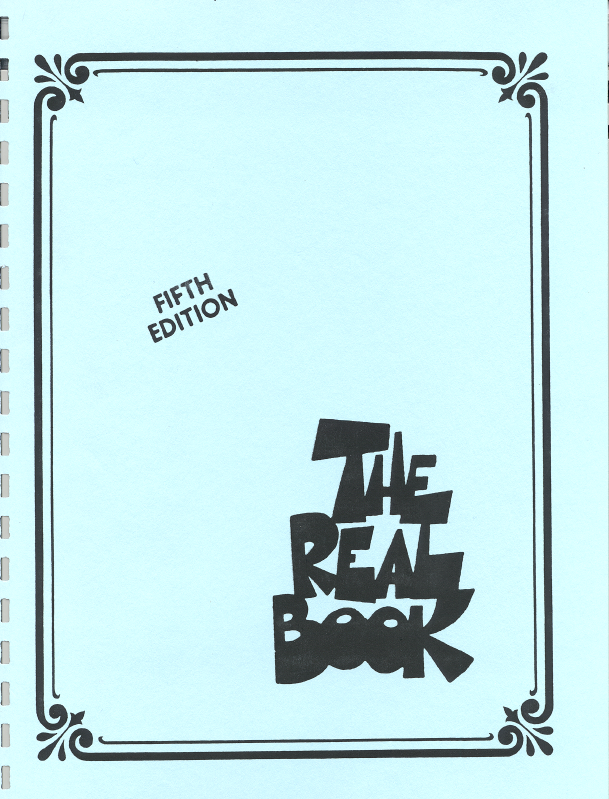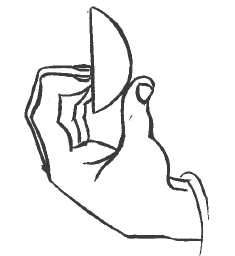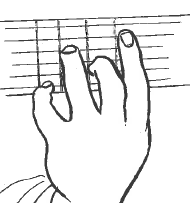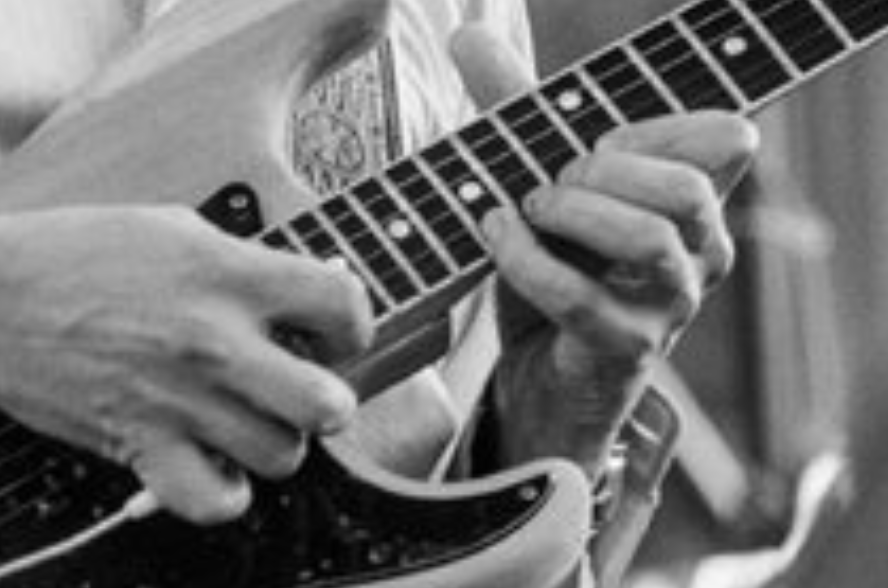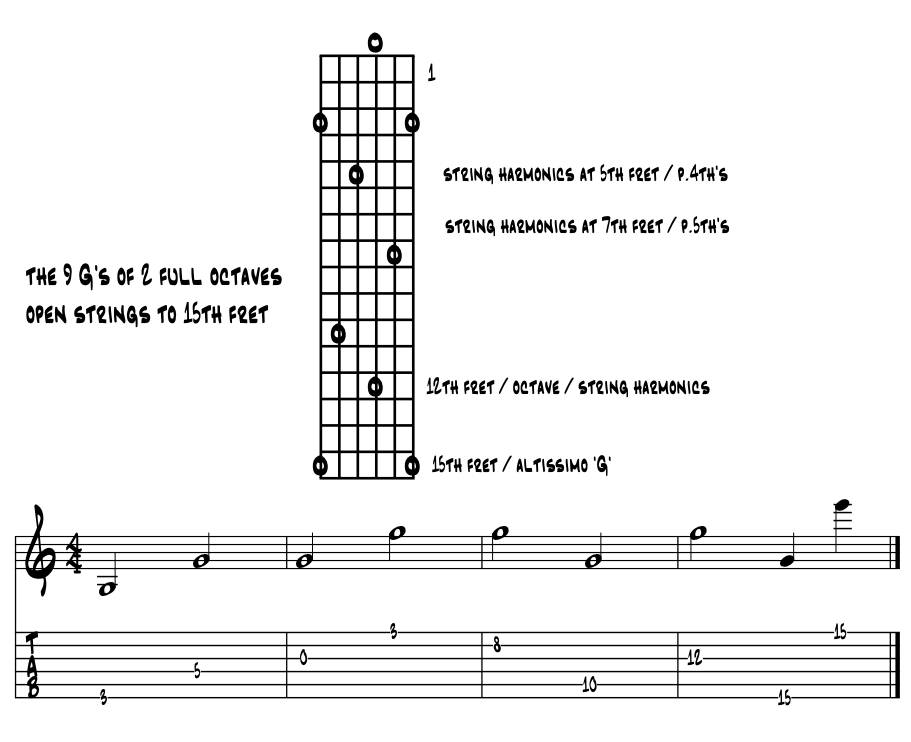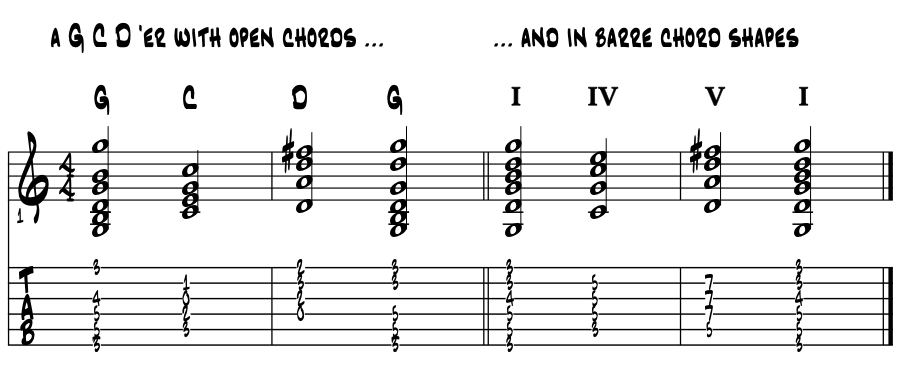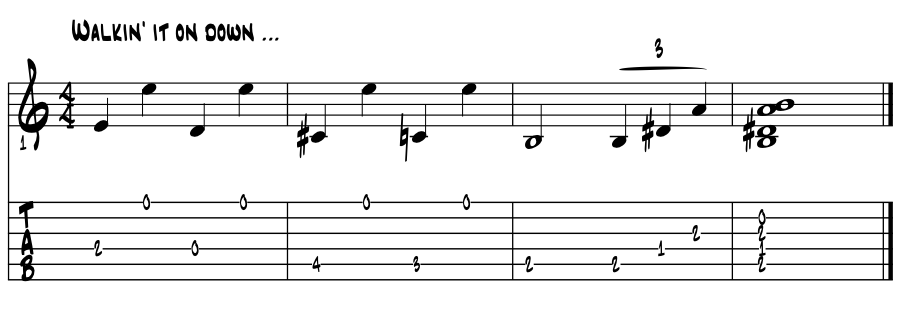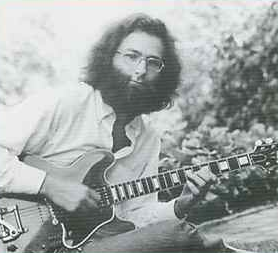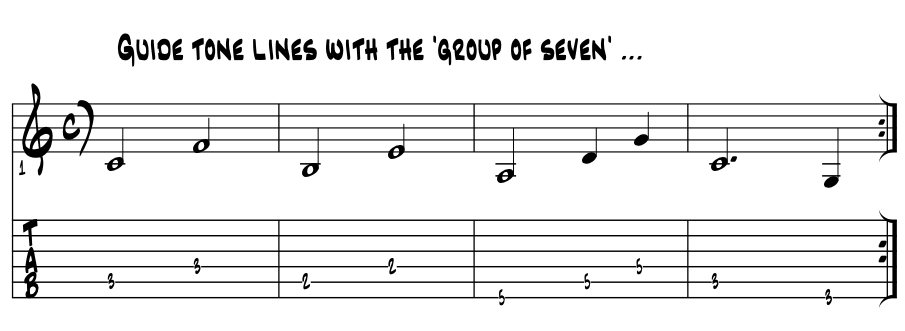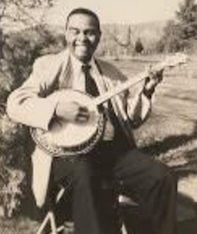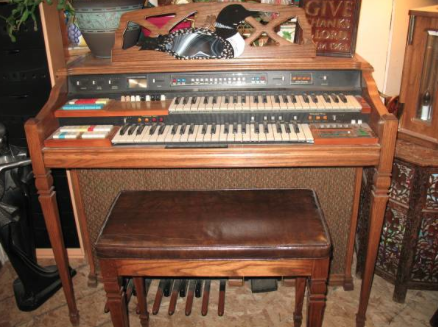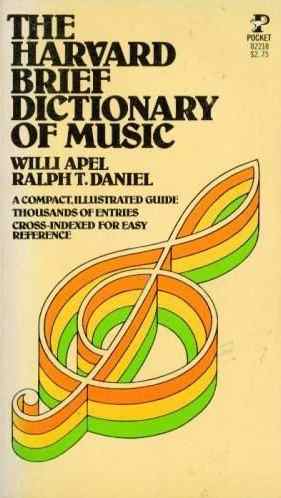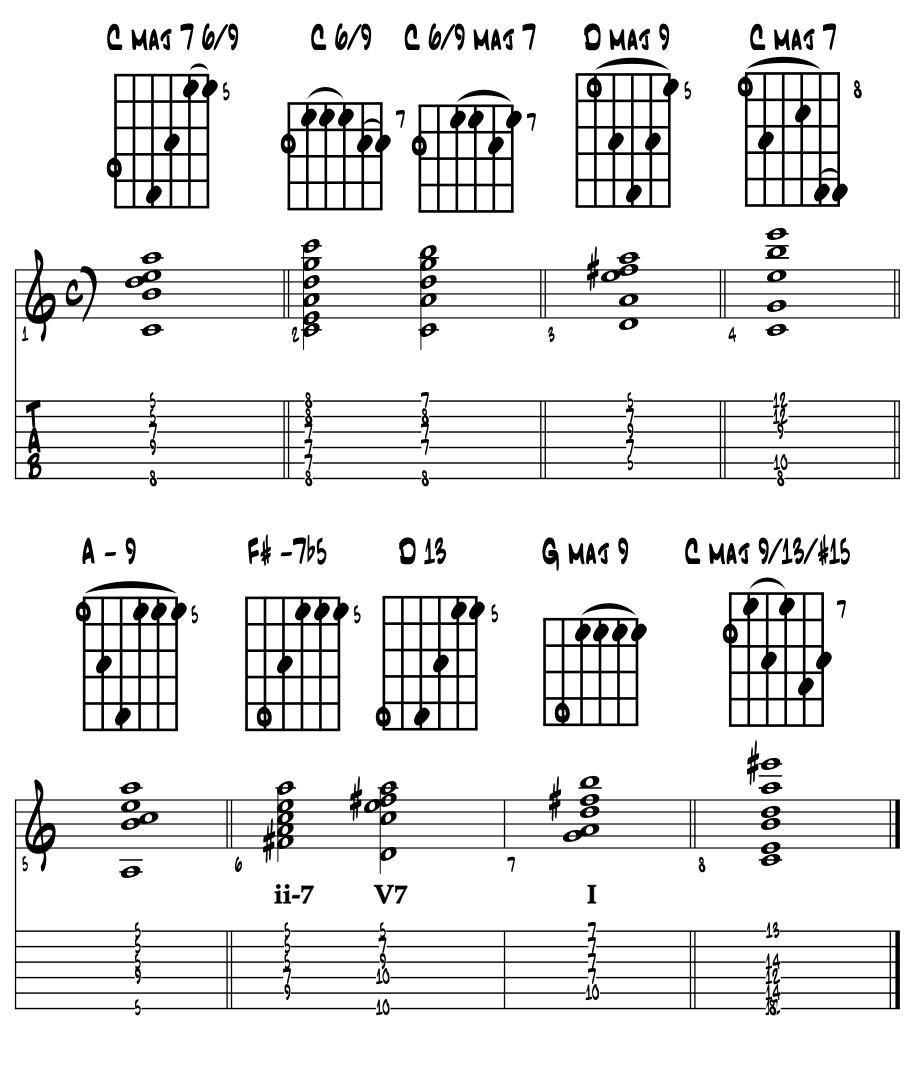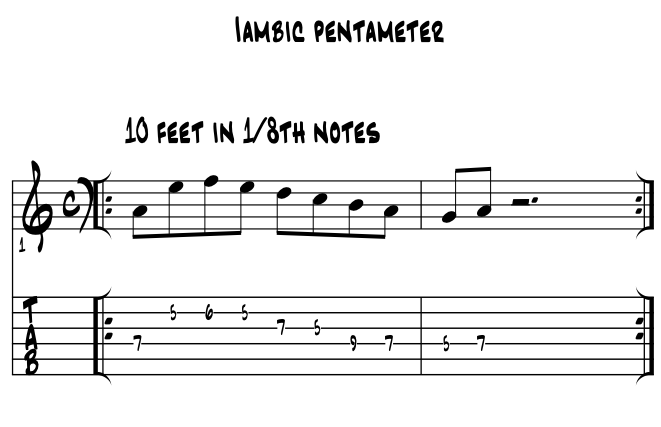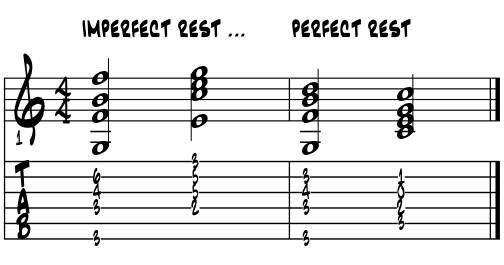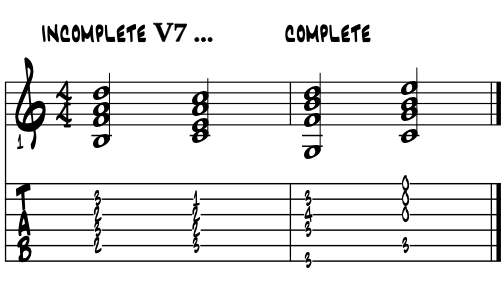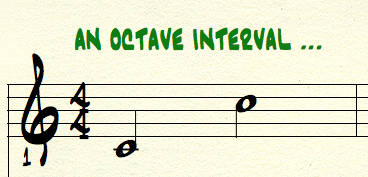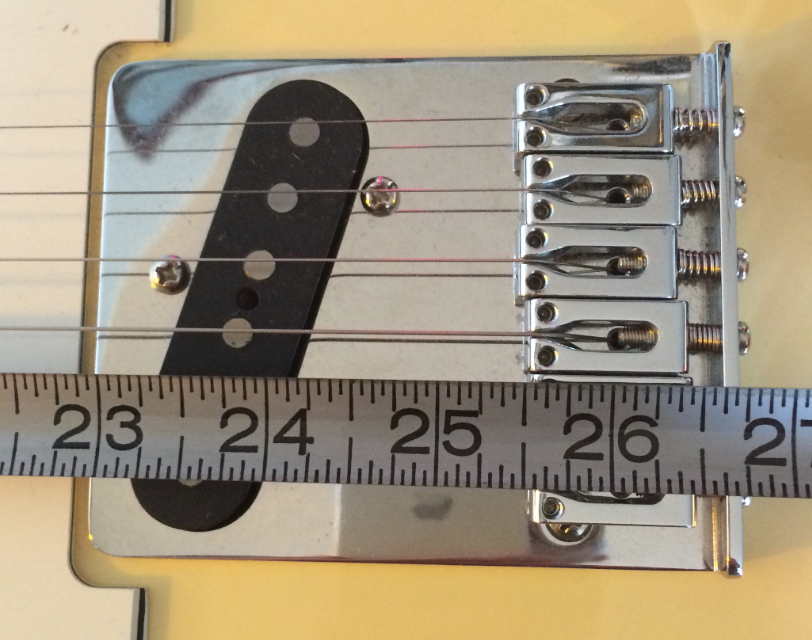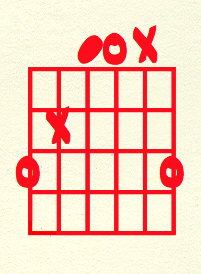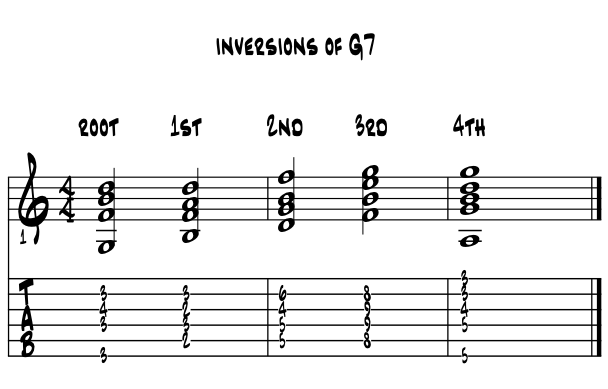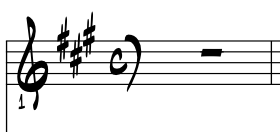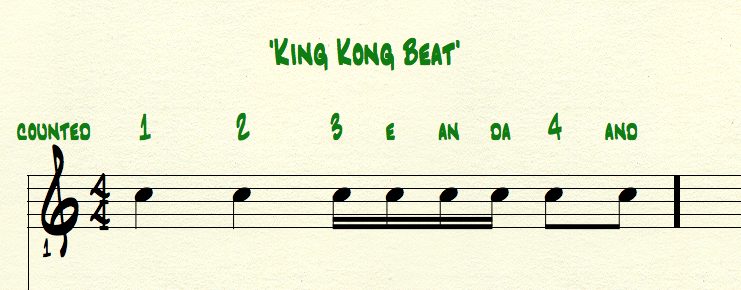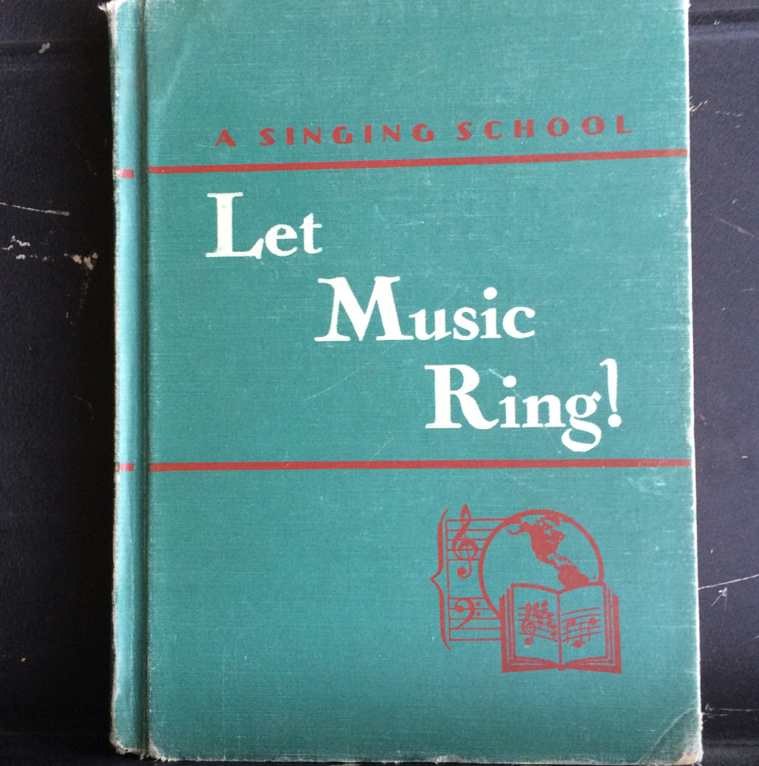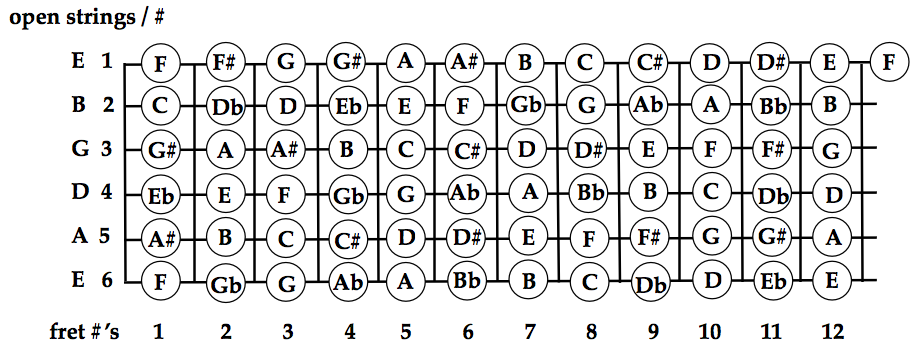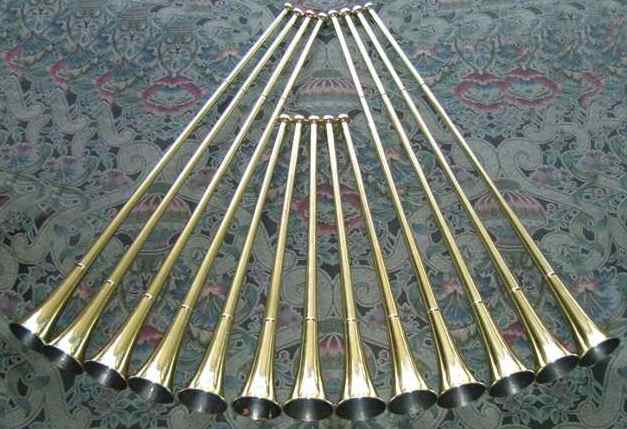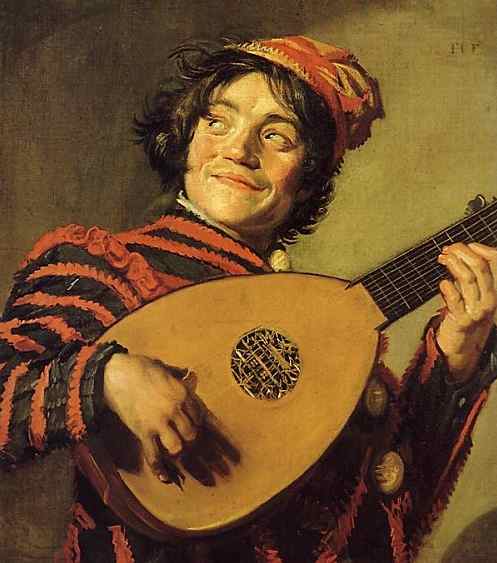Cliché. A 'cliche lick' is usually a couple of pitches in a special rhythm that ring a bell in our collective memories, so a lick of melody that has been around for a good long while, one everyone knows. Turns out musicians need to have a few cliche licks under their fingers, often in a couple of keys, to fulfill their musical destinies.
These ideas held in 'common' help glue and form up our music both in the band and the listening audience. A stereotypical musical phrase often spanning generations of players, cliche licks are a way into learning the Americana musical language, probably like learning any language for that matter. This next couple of pitches we learned as kids, thinking pure cliche in 'C.'
Familiar ? Cool. The memory of which is passed generation to each next generation. Part of the trick here is to learn the cliches of an era and find ways to use them in creating new songs, humor, nostalgia, longing etc., in our musics of today.
Each musical style has their cliche licks, and as cliche they have that 'can appear anywhere / anytime magic.' Best to learn as many as U can, they're fun too and often bring smiles :) There's also quoting, which is playing the melody of one song in another, but cliche is a bit different.
There's an 'evolution of sorts' in cliche. Like this bass line ending to a rockin' 12 bars ...
Cool ? Like it ? Learn it here if need be.
Society history evolution of cliche. Super hip brand spanking new of right now today then with use becomes cool and then eventually becomes ... 'oh I remember that lick ... and then towards 'shtick', which if it sticks around long enough, often becomes parodied in new songs, which in turn get reinvented till someone comes along and writes a great new tune on yesterday's cliche, and back we it'll go to the super hip brand new to start off again, now part of our collective Americana lore of nostalgia.
~ new cool ~ shtick ~ parody ~ cliche ~
Cliches go back to a historical source and then generationally into our collective memories. Remember those bell bottoms jeans ? Same sort of thing. Colors do it, foods do it, we all do it :)
New players are encouraged to learn cliche as it ties us right into the history of the genre and style we dig. Once firmly under the fingers, we will naturally 'variate to survive the bore-doom' and bring our own 'new.'
Each culture has their collection of cliche in music, colors, fashion, setting, theatre, on and on. We as Americano's get to freely melt them all together. And if they are old enough, there's no copyright and we can make something of our own that is new, that we can copyright :) Like an original melody and hook, maybe just a couple of major triads for a theme? Yep. Here's a joyous one for all our folks.
Another part of the cliche trick is to evolve the licks in our own unique and artistic ways, as we create new freshness from the ancient DNA, we carry its timeless and vital spirit forward from the beginnings, their historical origins become a pathway to our own journey, now coming round anew in a next generation or so.
The evolution of cliche. Turns out that after we find our spots to 'cliche' up our Americana and lock in a few common the riffs and forms of our songs, they can be 'abbreviated' yet still get the intent of the idea across in our melodies.
Power of suggestion. For example, after we sound out and fit in the 'Muddy walkdown' lick on through Americana styles, we realize we can also just 'imply' the lick, by sounding a note or two of it to get the phrase started. Once underway, cliche finds its way, for it has the power of collective memory yes ? And once the cliche is hinted at and set in motion, the rest of its cliche notes now 'silently' fill in the rest of the measure and phrase.
What we gain. So as the time of beats clicks on by, and we abbreviate an idea, we create space for a couple of beats, a sort of pause in the pitches, yet still fully counting along and together with the band, aiming for an important downbeat; the 'beat one of the next phrase, or a beat one of the 'bridge or new section', or in a 12 bar blues, where the top of the form' happens every 12 bars or so :) All while the band plays on, joining in with their version of your cliche. Round and round and round and round ... !
Cliche from melodies. While there's a dozen dozen's or so cliches in Americana, there's also like a gillion songs that use the same pitches and rhythms, yet all unique somehow. Maybe 'cause of the lyrics, the poetry of the story, and even with the same themes ... love for instance, each still unique as the person who wrote it. So cliche is renewed each time by one's own unique ... ?
All things considered, learning songs and playing their melodies opens the 'lick vault' wide open. And while ideas that pop out might not be common enough to be a cliche, its often a nice combination of pitches to get under our fingers, becoming another puzzle piece to knit into our lines. And who knows, maybe U'll make it into a cliche for you and your generation.
|
|
|
|
wiki ~ cliché
|
wiki ~ bell bottoms
|
|
|
|
|

